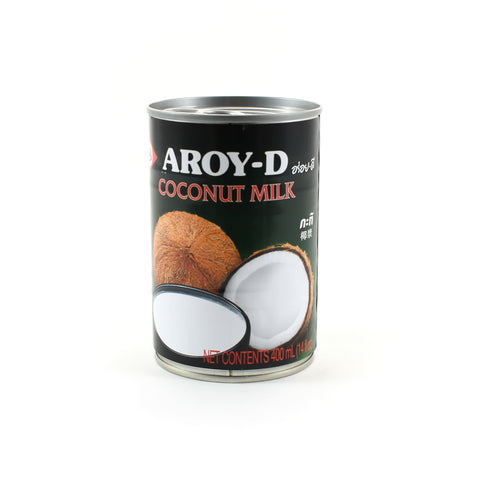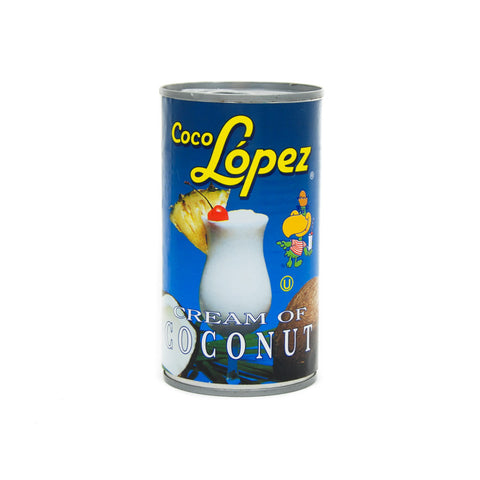Coconut Milk: How To Use It And Recipe Ideas

Cooking with coconut milk is a great skill to master, and one that will come in handy for an array of dishes. It’s the perfect ingredient for those who are dairy free, or trying to introduce a broader number of fats into their diet. And it is a versatile ingredient that features in lots of Asian curry dishes as well as sweet treats.
If you’re new to cooking with coconut milk, here are the top things you need to know, and some tips on how to cook with coconut milk.
What is coconut milk?
Coconut milk is made from pressed white coconut flesh and is a staple in Thai dishes such as Thai green curry and tom kha soup. It’s versatile and healthy, and can be used as a dairy alternative in sweet dishes, smoothies and cocktails too.
Coconut milk is great if you’re looking for a lighter alternative to coconut cream, and want to create an great taste with no added fat or sugar. Although coconut milk is high in fat and calories, the types of medium-chain saturated fats are now thought to be very healthy.
Plus, if you really want a lighter coconut milk alternative you can always dilute it by using 2 parts coconut milk and one part water.
Coconut milk itself is created straining fresh shredded coconut to create a rich creamy liquid that acts as a great base for many recipes. You’re likely to see coconut milk in many different asian dishes, along with its cousins creamed coconut and coconut paste too.
How is coconut milk made?
Making coconut milk at home
To make coconut milk at home, you will need to slice a whole coconut in half, set aside or drink the coconut water inside, and then very finely grate the white coconut meat.

A special tool called a 'the coconut rabbit' (กระต่ายขูดมะพร้าว) – a golf-ball size circle of metal with very sharp teeth around the circumference, nailed to a post – helps as you rub the coconut flesh back and forth over it to make a pile of fine coconut shavings.
Finally firmly squeeze the shaved or grated flesh inside a piece of cheesecloth, to make the rich coconut milk drip out.

How coconut milk is made in a factory
Making your own coconut milk is pretty straightforward, though hard work, so more often coconut milk is bought ready-made in cans.
Of course coconut milk always starts with whole coconuts. The hard outer shell is removed using a machete or sharp blade, leaving a thin brown skin on the coconut meat. Coconut water is drained away, and the brown skin is removed to give the pure white coconut meat.
The coconut meat is sorted, with very young pieces of coconut removed. It is washed well and blanched to soften the pieces and make them easier to shred. They are then shredded by machine with a little water, and squeezed under pressure to extract the coconut milk. The coconut milk is heat treated to pasteurise it and give it a good shelf life, and one or two additional ingredients might be added to help keep the creamy texture.
Aroy-D coconut milk in one of Thailand’s favourite brands, and the liquid can be used in Thai green curries and coconut soups.
How to cook with coconut milk
Cooking with coconut milk needn’t be hard, but there are some common mistakes that you should avoid. Here are the top errors that you need to watch out for:
Using sweetened coconut milk
Unless the recipe specifies that you use sweetened coconut milk, use the unsweetened variety. Coconut is already naturally sweet and full of delicious healthy fats, so there’s no need to buy sweetened versions as that will change the flavour of your recipe.
Place any extras in a plastic tupperware
If you don’t use the whole can of coconut milk, don’t be tempted to leave it in the fridge until you want to use it again. As a natural ingredient it absorbs flavours easily and may develop a metallic taste from the can if it’s not put into a plastic container.
However, if you're making a piña colada, the bartender's favourite coconut milk is a sweetened coconut milk Coco Lopez. It's been blended to just the right consistency to make the perfect cocktail.
How to use coconut milk at home?
Shake the can first
Whether you’re buying coconut milk in a can or box, be sure to give it a good shake before you start cooking. When left in the can, the creamiest part of the coconut milk will rise to the top, creating a full fat layer that needs to be mixed before you add it to most dishes.
Coconut milk is a versatile ingredient that features in a variety of dishes from Thai Panang Curry to Chinese New Year Cake. Here are some ways that you can enjoy coconut milk:
Broths, stews and soups
Coconut milk is a great ingredient for lots of broths and soups as its light consistency and rich flavour brings body and helps balance the spice in any warming soup dish.
Curries and stir-frys
Coconut milk is an essential ingredient in many curries and tastes amazing when used as a slow cooking ingredient. It's certainly worth keeping a can in the cupboard to make an extremely simple but flavoursome Thai beef massaman curry.
If you have a little coconut milk leftover, it works brilliantly as an added extra in a stir-fry too.
Thai Panang Shirataki Noodle Curry Recipe
Coconut milk rice
Both glutinous rice and jasmine rice are fantastic cooked in coconut milk. Just replace some of the cooking water with coconut milk and remember to season well.
Coconut milk desserts
Coconut milk desserts are brilliant for those who don’t eat dairy but still enjoy a sweet treat. Try it in a traditional Malaysian dessert such as gula melaka with tapioca pearls. Or from ice cream, cakes to rice pudding, using coconut milk as a diary replacement is a great addition to many dessert recipes.
How to substitute coconut milk for coconut cream
Although if a recipe asks for coconut cream and you only have coconut milk, don't shake the can before opening! Instead just open the can carefully, and spoon off the top third of thicker milk - the 'cream' - for your cooking.
Cooking for children
Coconut milk is a great way to introduce children to simple curries, vegetables and pulses.
The rich flavour and natural sweetness will make a dish of finely cut vegetables, mild curry powder, and chickpeas easy to approach. Or at the simplest just fry a little onion and mild curry powder with chicken pieces, and pour in coconut milk to simmer. Serve with plain rice.
To kick start your coconut milk cooking experience, why not try our coconut and cardamom barfi recipe.





